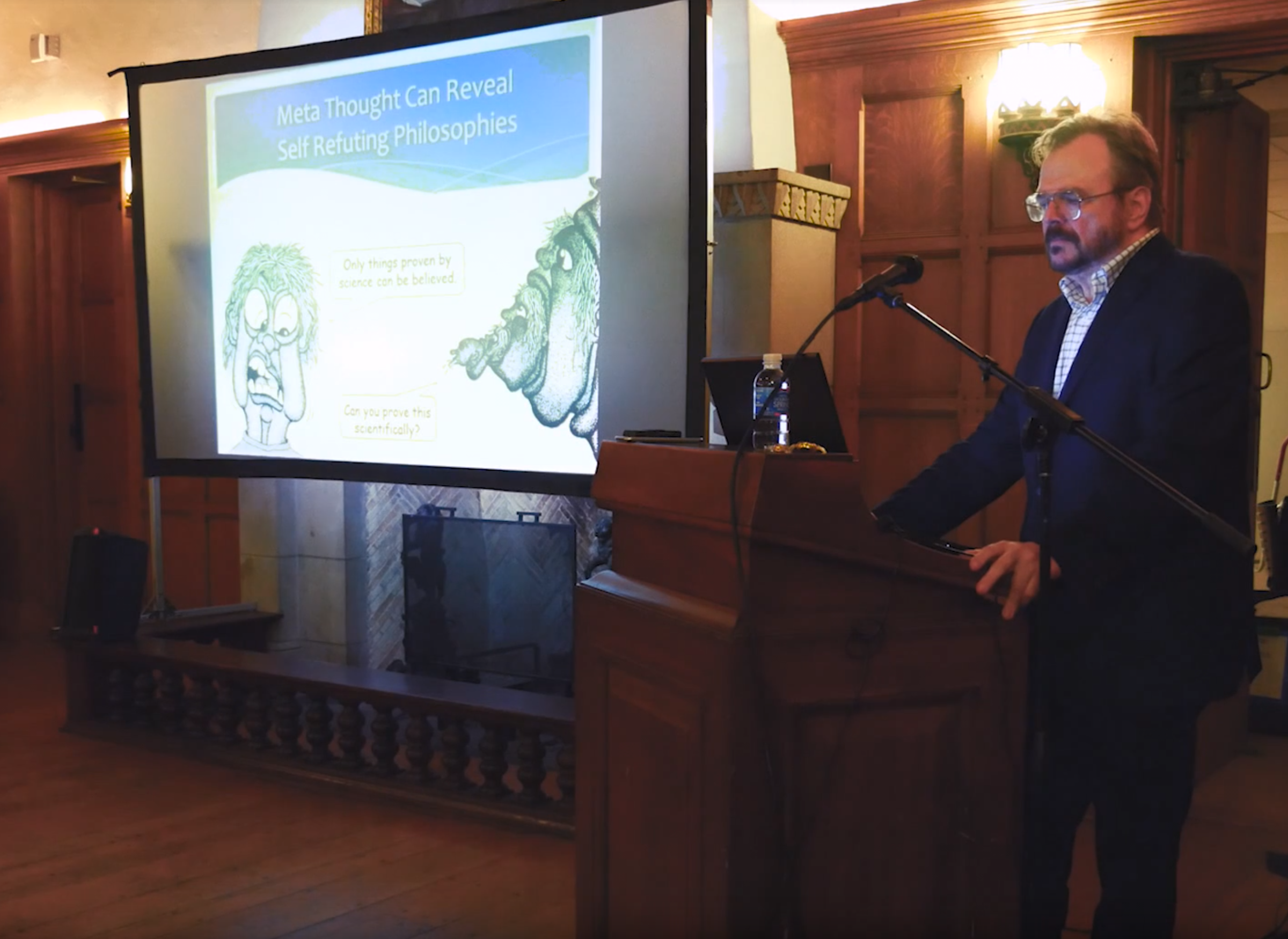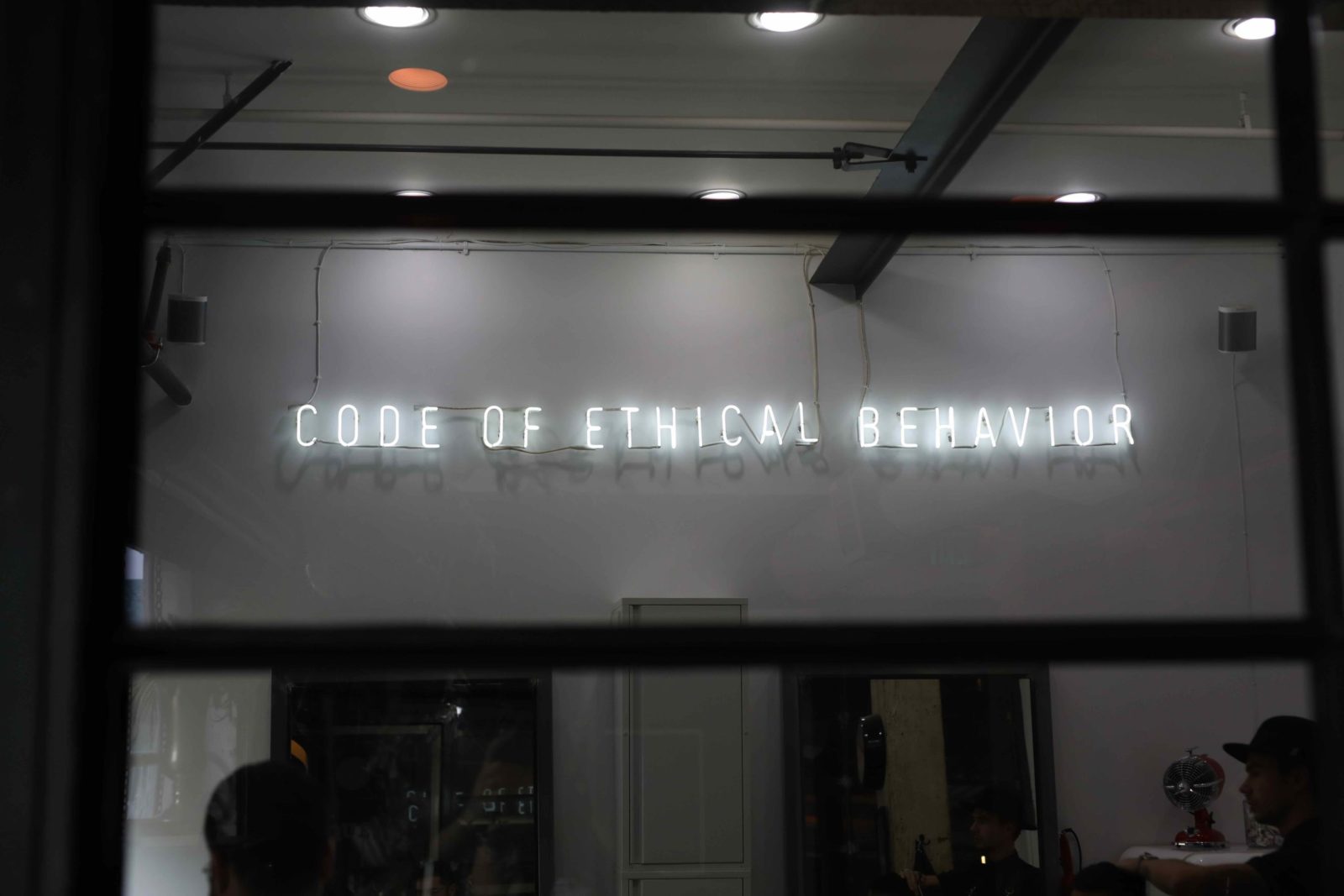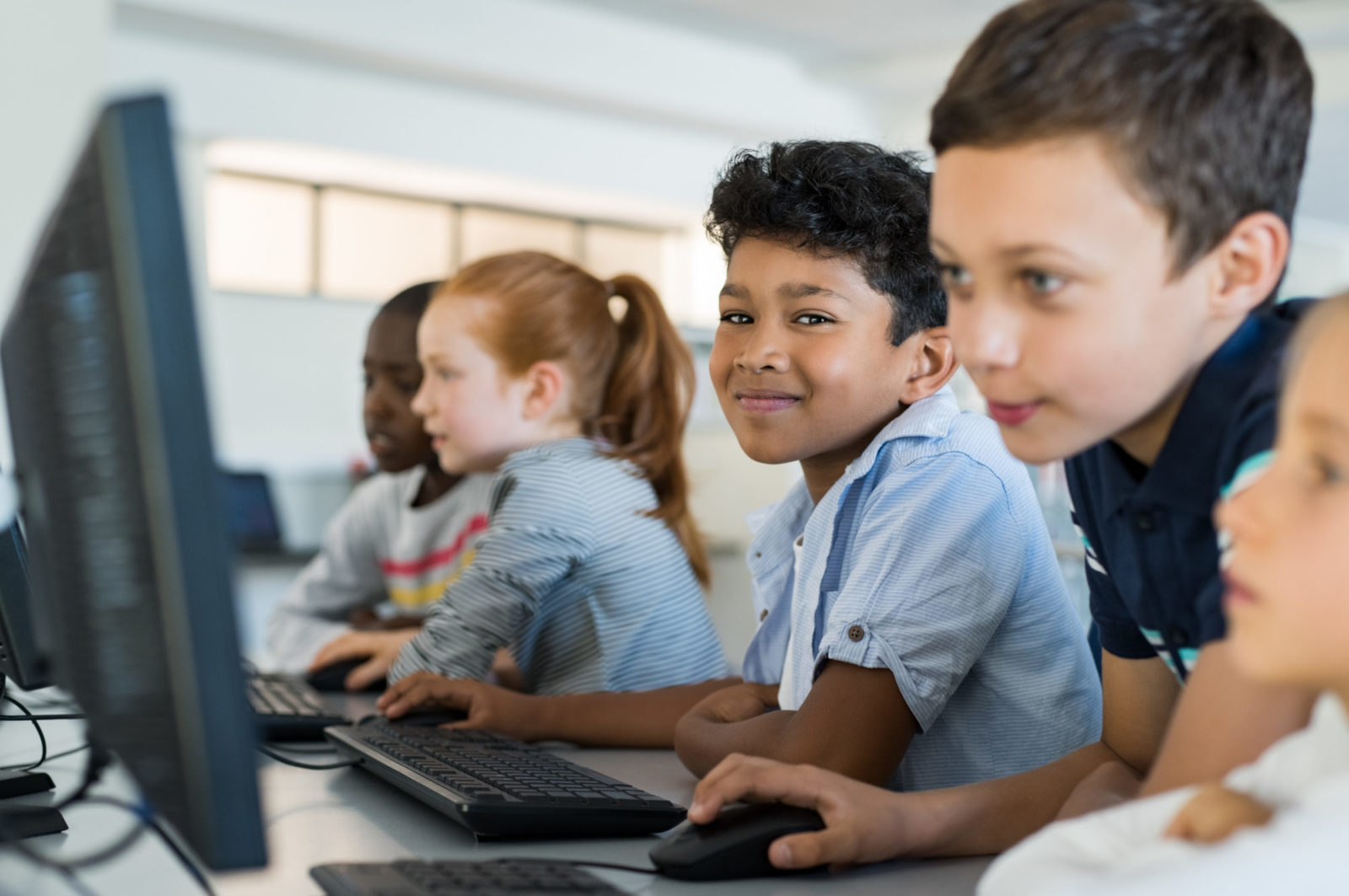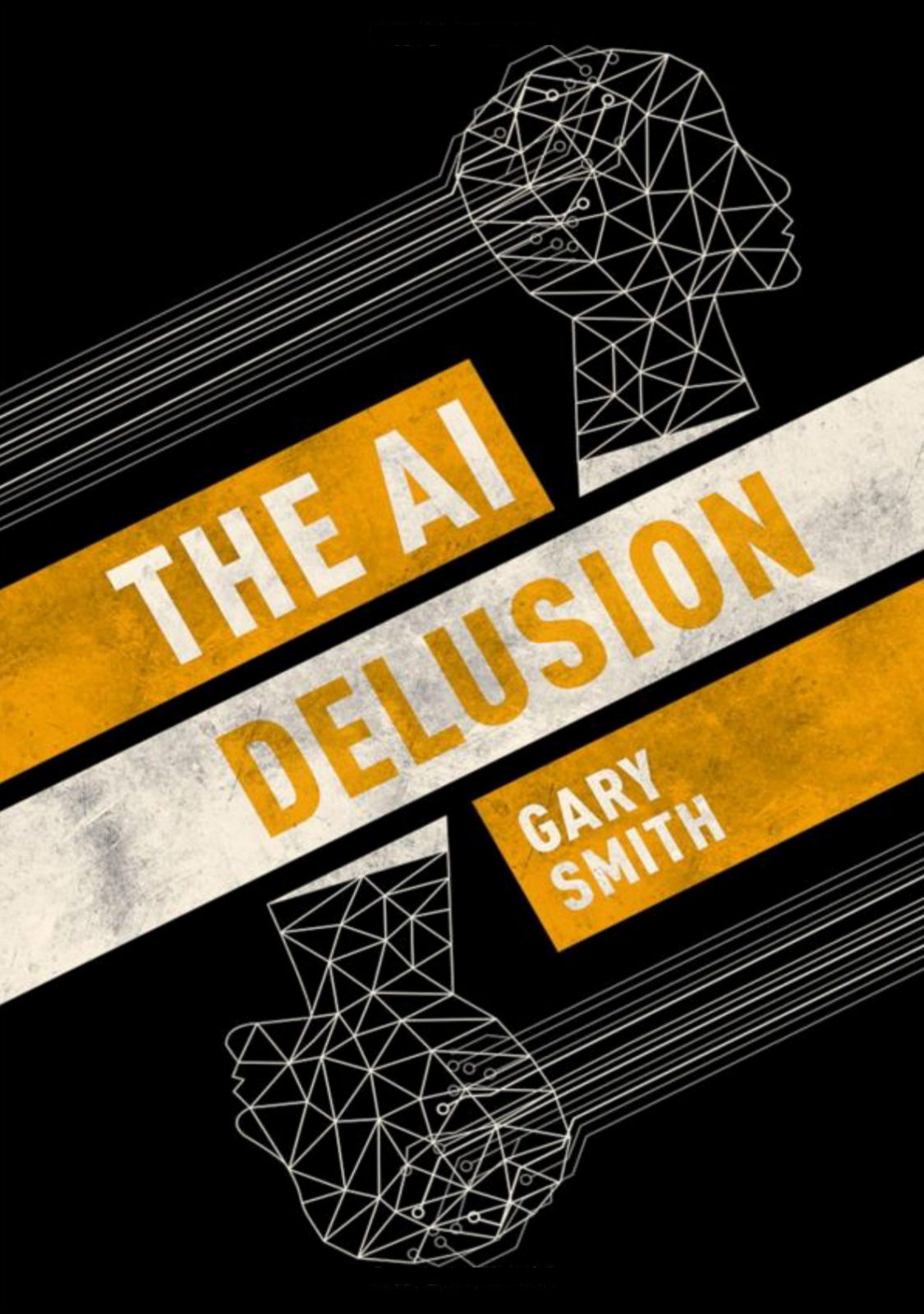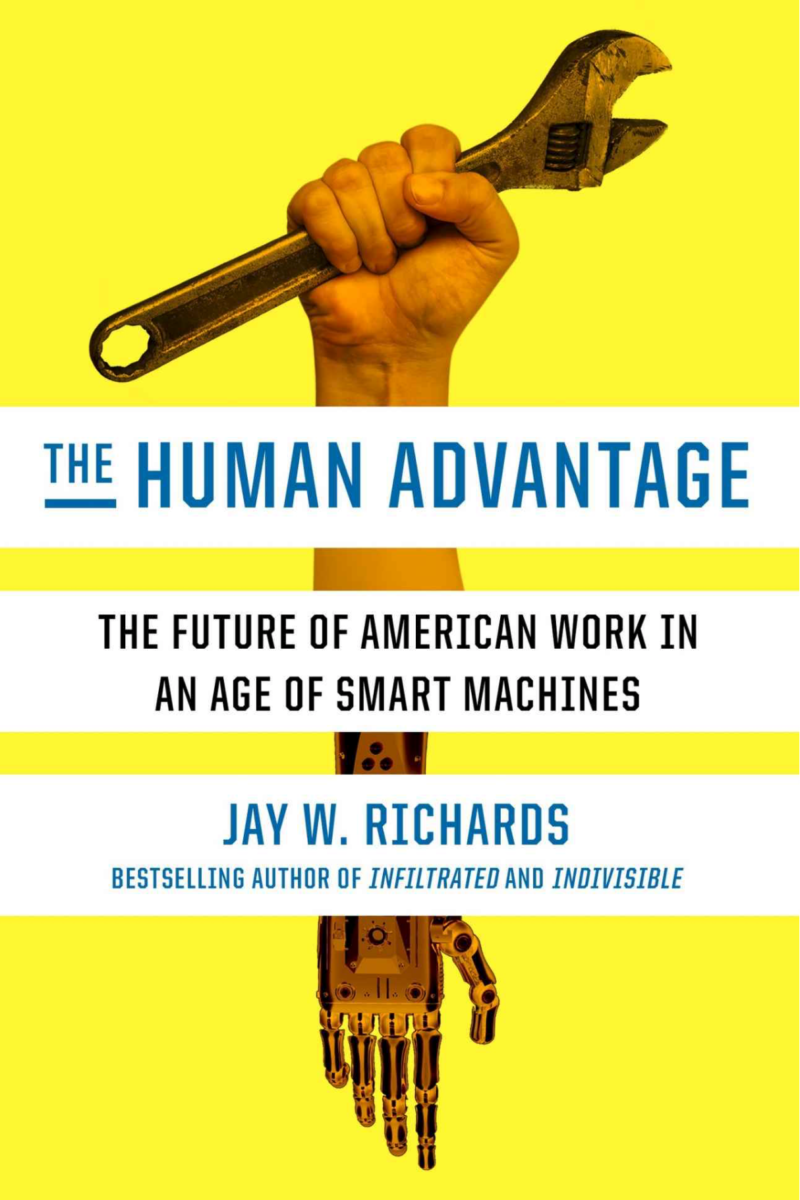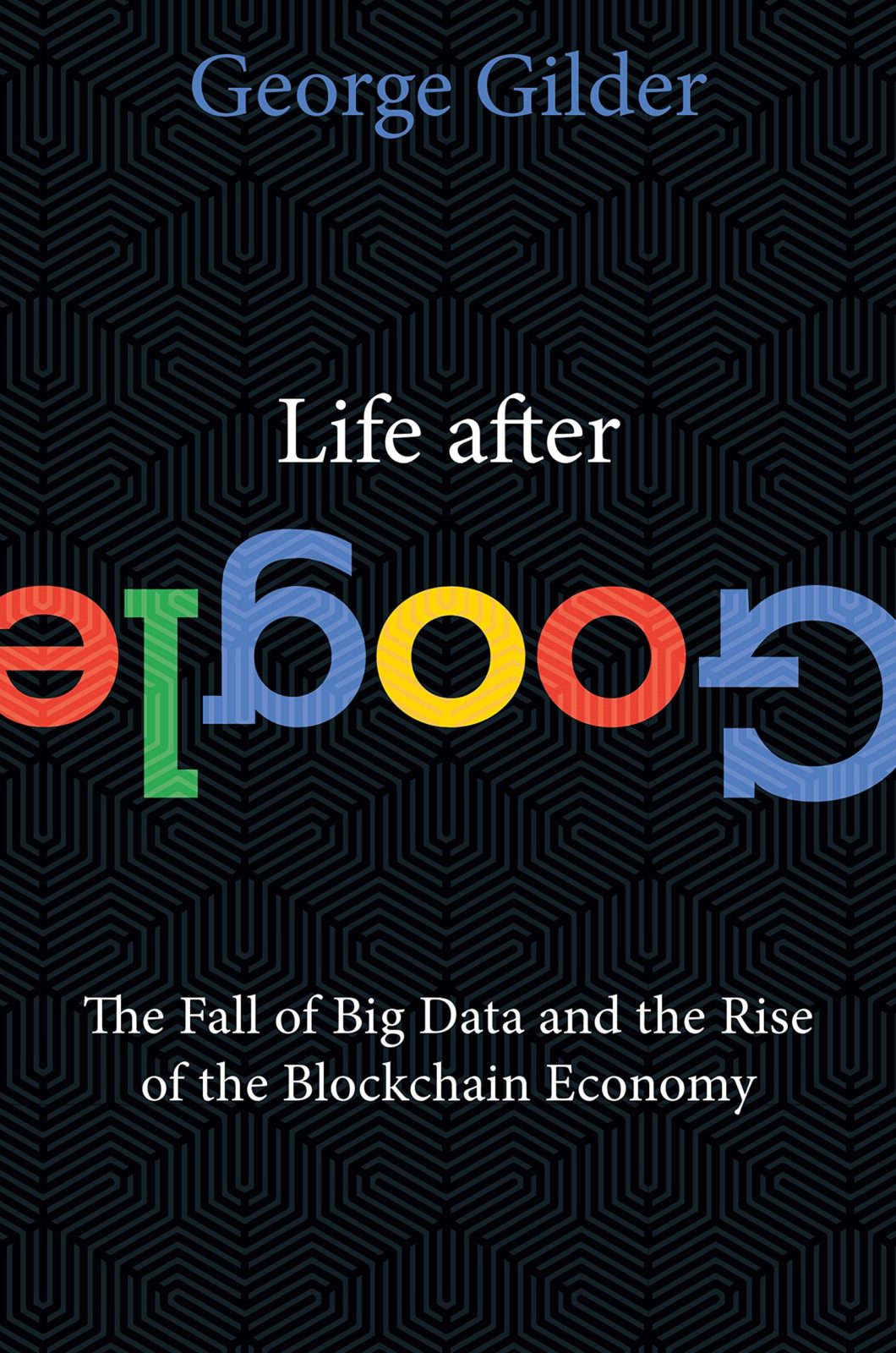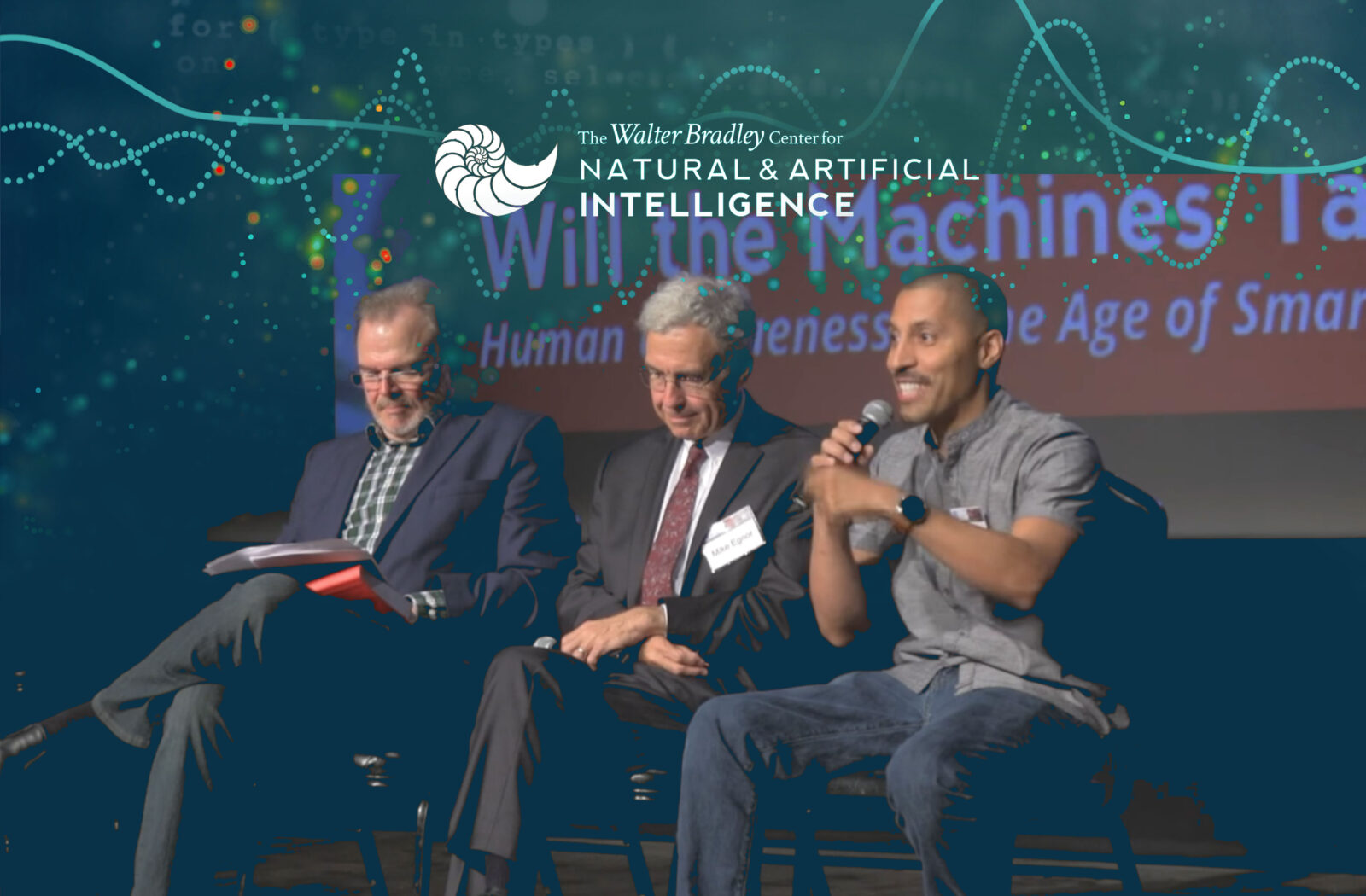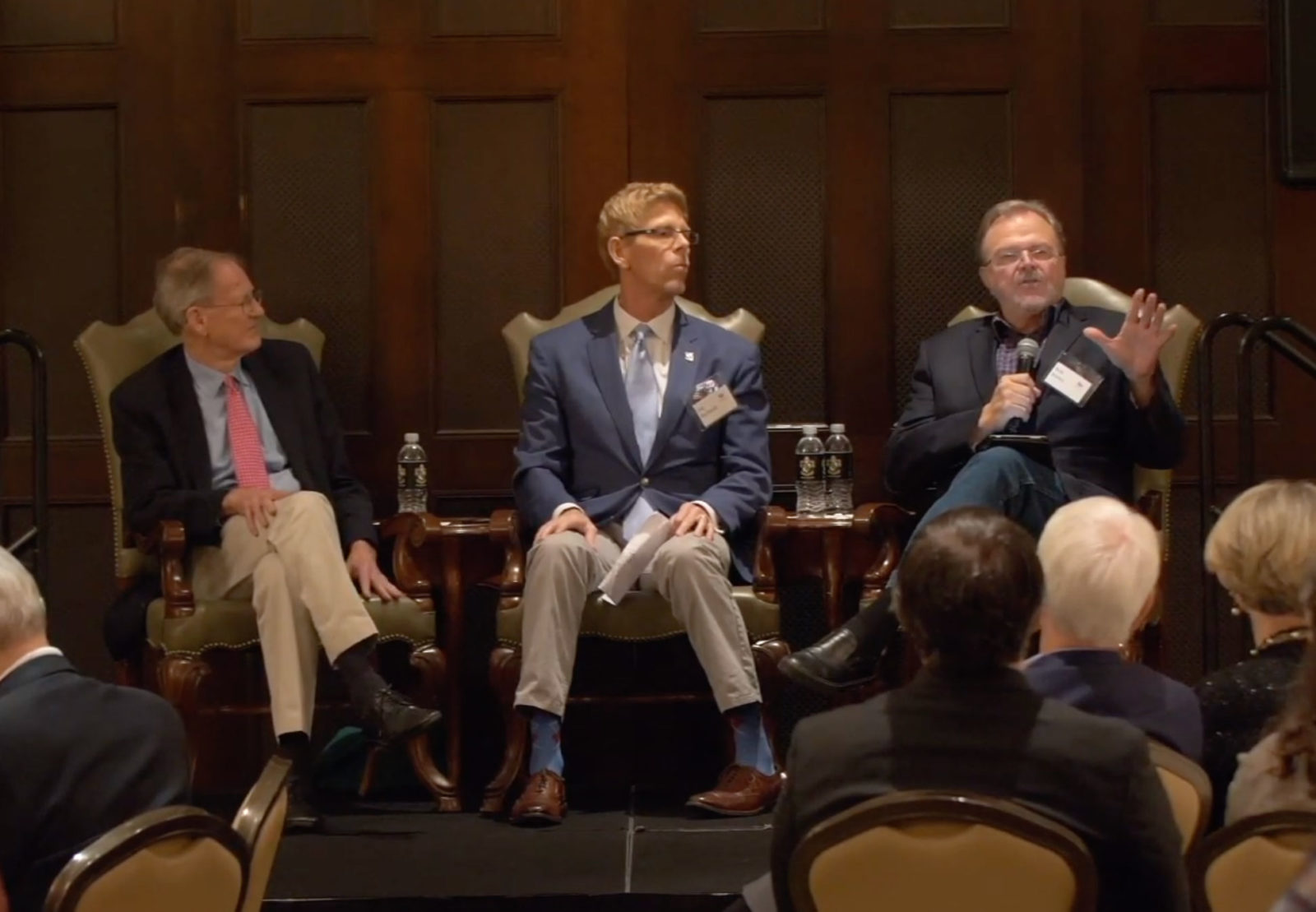
Robert J. Marks II on One Thing Only Humans Can Do
In a panel discussion at the Dallas launch of the Walter Bradley Center for Natural and Artificial Intelligence, the Center’s director, Baylor Professor of Computer Engineering Robert J. Marks, offered some thoughts on the evening’s topic, “Will “Smart” Machines Take Over Our Jobs?”


